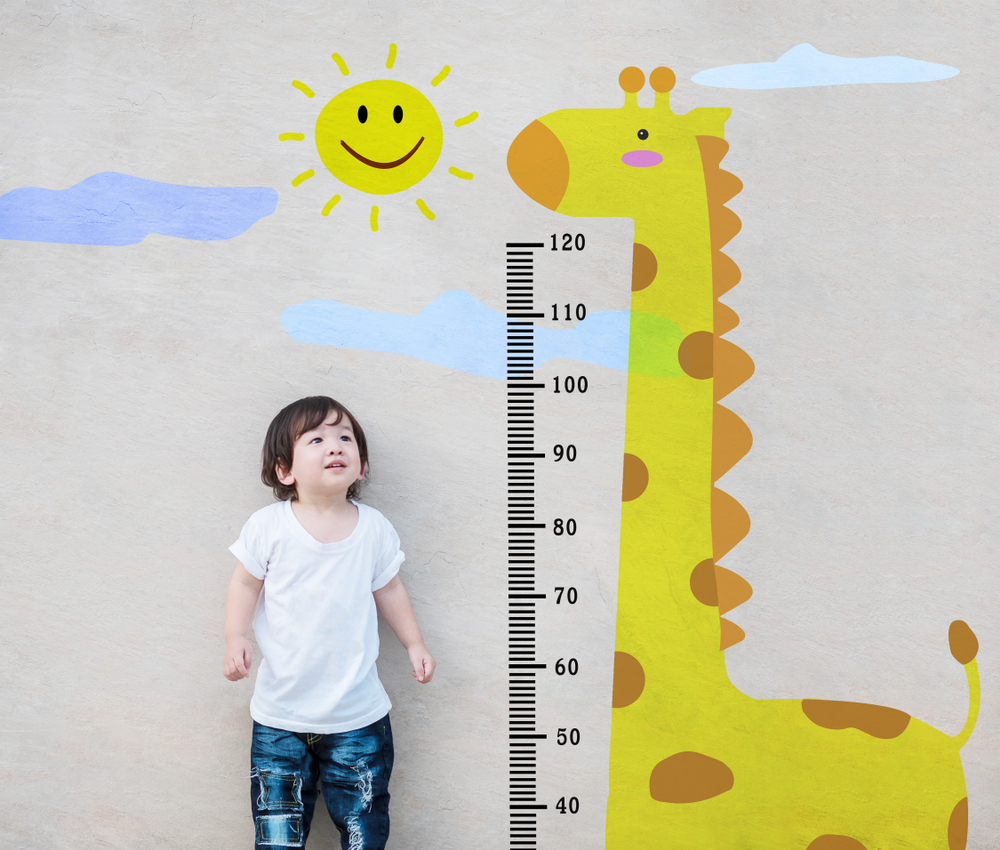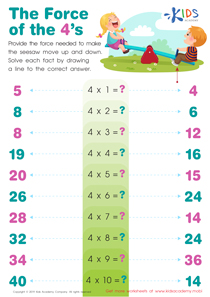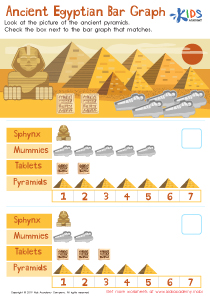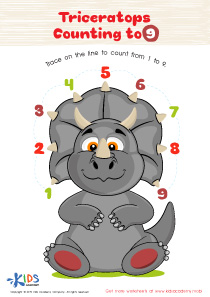Data interpretation Easy Measurement Worksheets for Ages 6-8
7 filtered results
-
From - To
Explore our Easy Measurement Worksheets designed specifically for ages 6-8 to enhance data interpretation skills! These engaging resources help young learners grasp essential concepts through fun and interactive activities. Children will delve into measurement comparisons, analyze charts, and interpret simple graphs to build a strong foundation in data skills. Our worksheets promote critical thinking and problem-solving while encouraging students to engage with data meaningfully. Perfect for both classroom and home learning, these worksheets cater to diverse learning styles, ensuring each child enjoys a captivating math experience. Jumpstart your child's journey in measurement and data interpretation today with our exciting worksheets!


Fruit Math: Picture Graphs Worksheet
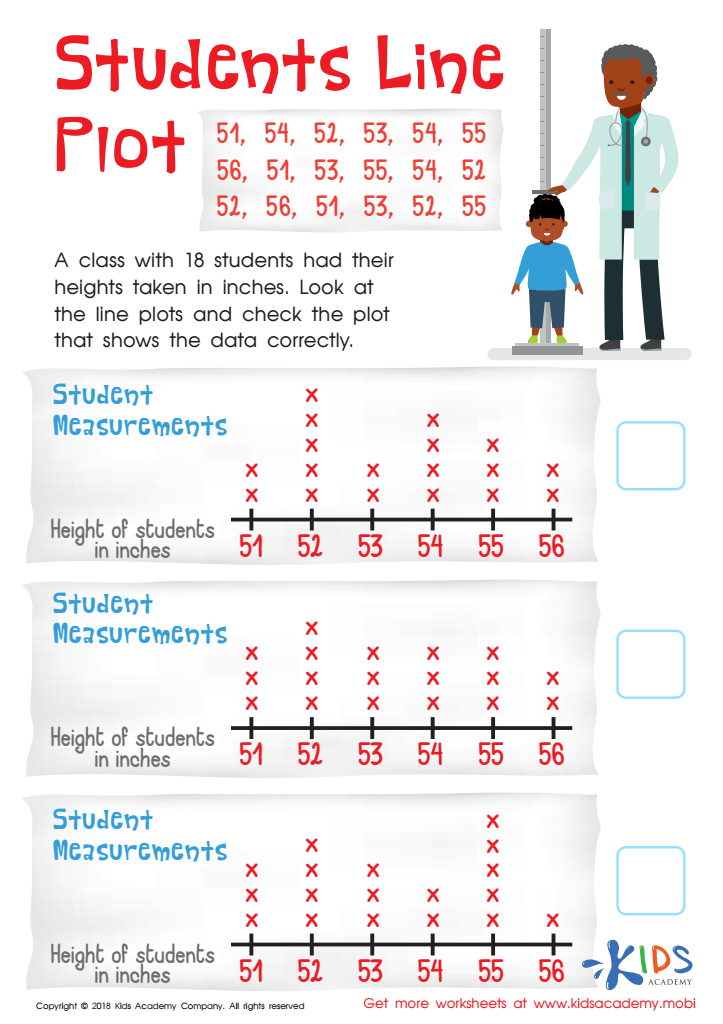

Students Line Plot Worksheet
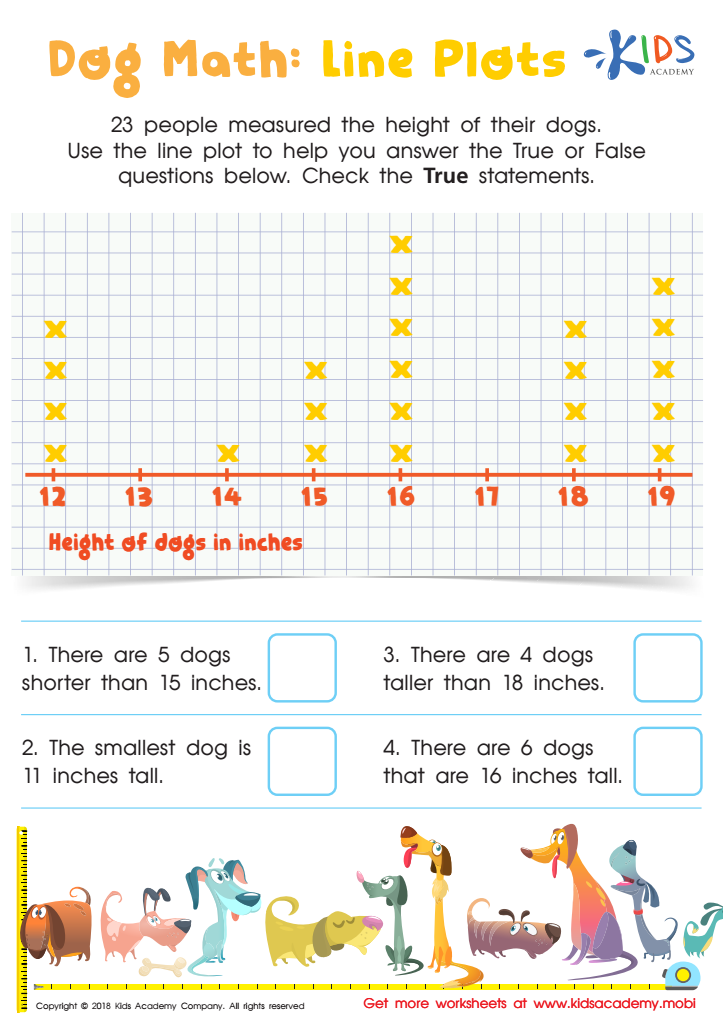

Dog Math: Line Plots Worksheet
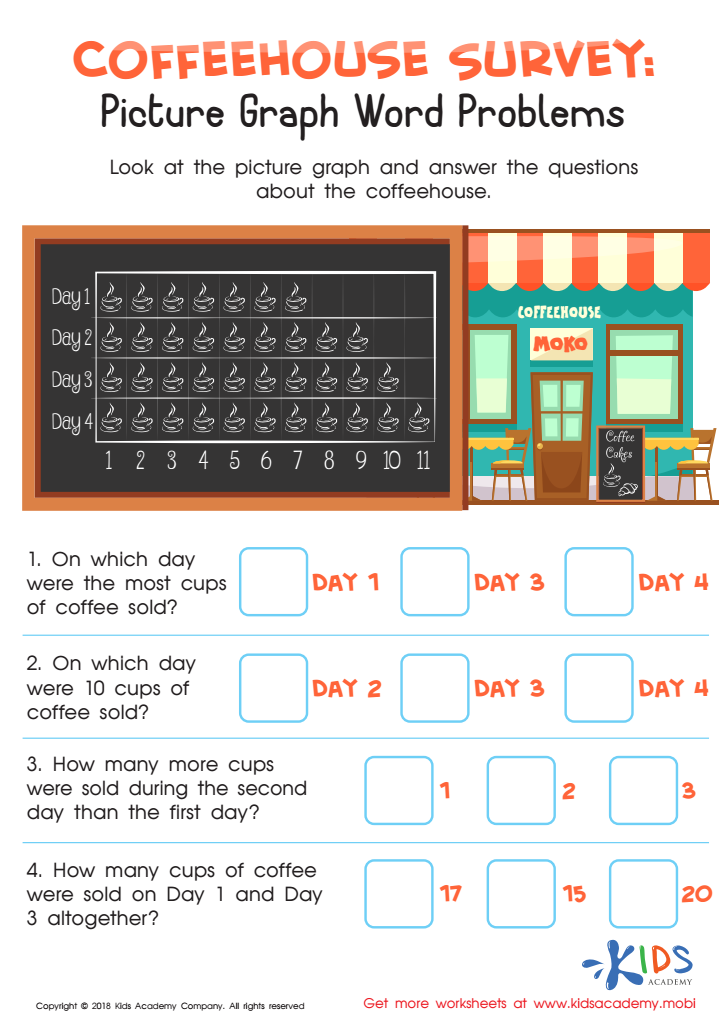

Coffeehouse Survey: Picture Graph Word Problems Worksheet
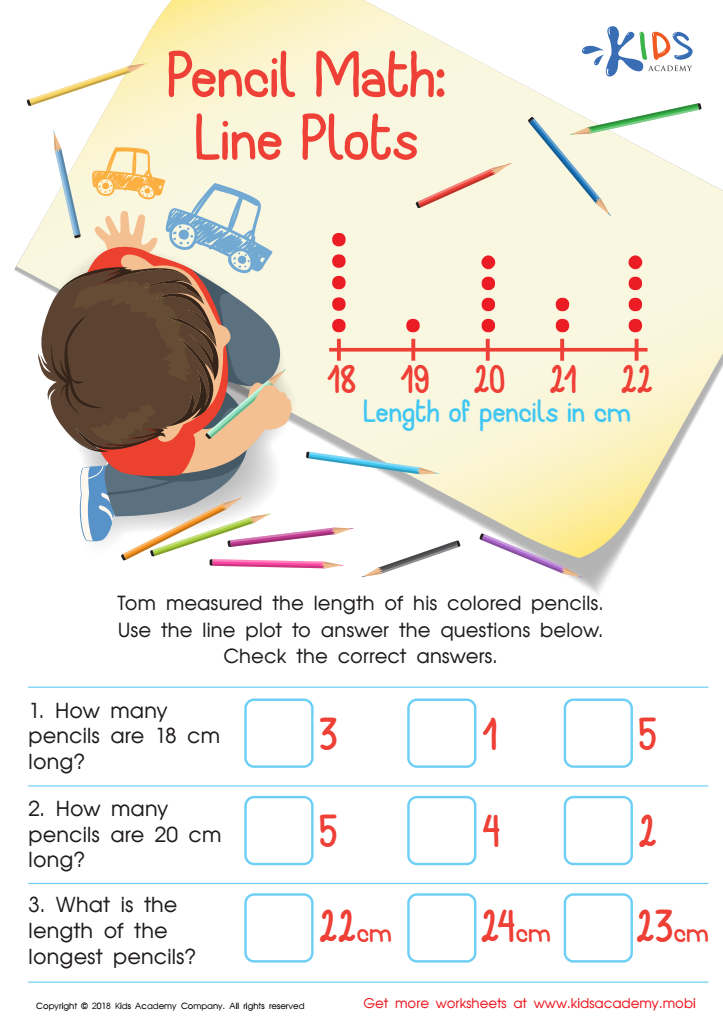

Pencil Math: Line Plots Worksheet
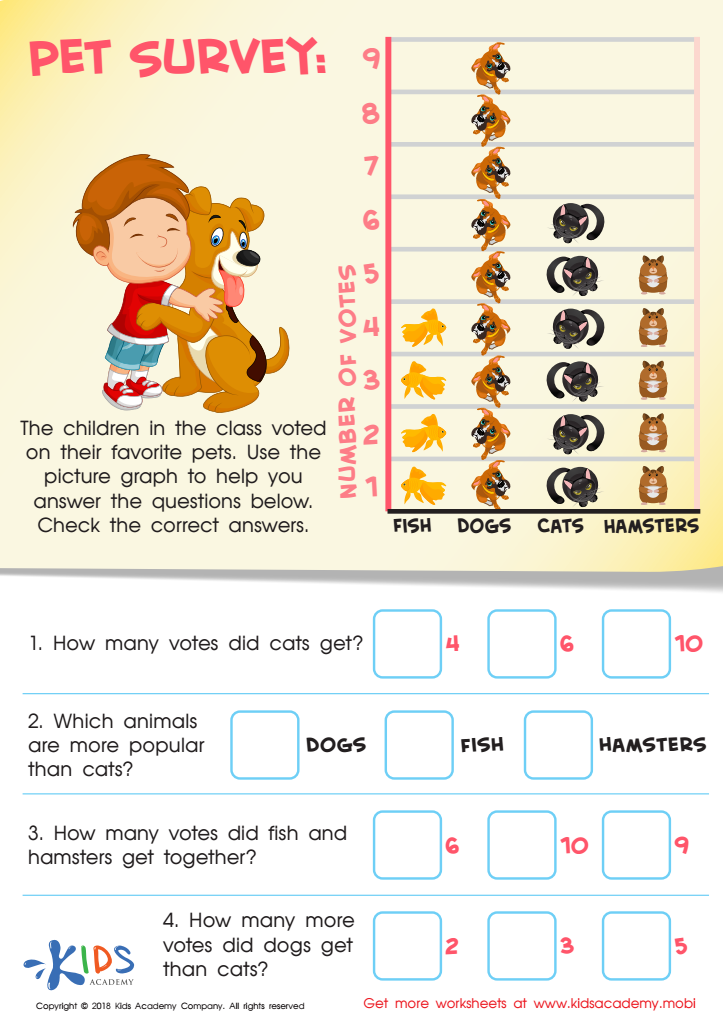

Pet Survey Worksheet
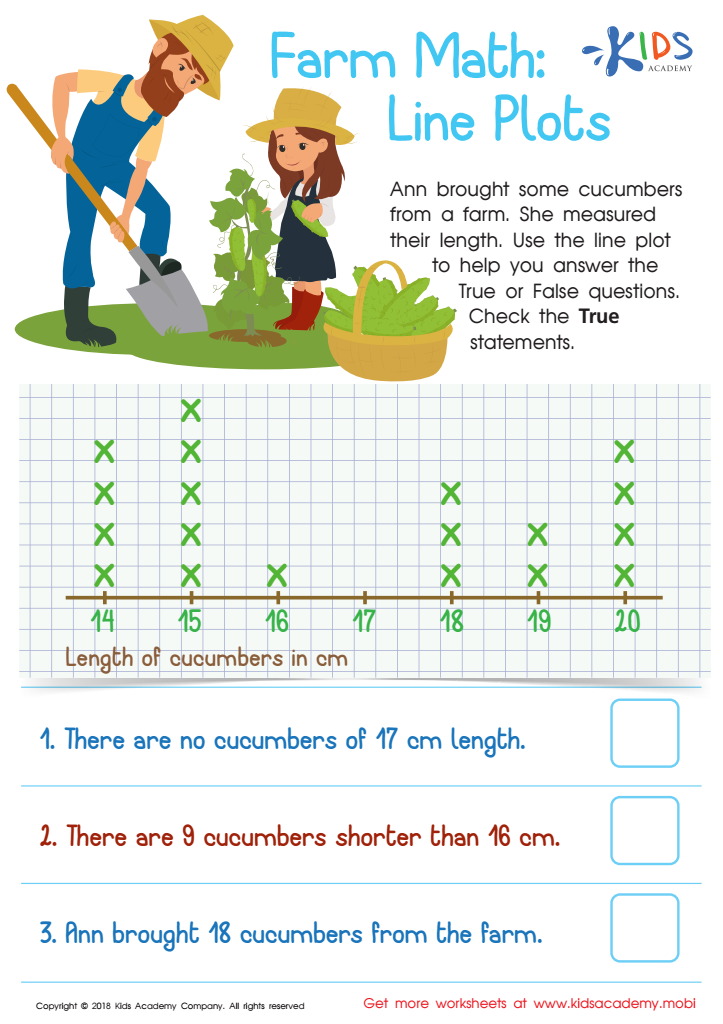

Farm Math: Line Plots Worksheet
Data interpretation, particularly through easy measurement for children aged 6-8, is crucial for developing foundational math skills and critical thinking. At this age, children are beginning to understand the world around them, and being able to interpret data helps them connect academic concepts to real-life situations. Learning about data interpretation fosters curiosity, as children analyze simple charts, graphs, and measurements to draw conclusions.
For parents and teachers, promoting these skills enhances a child's ability to make informed decisions. For instance, understanding graphs can help kids see patterns and relationships, distinguishing between larger or smaller quantities, which are essential skills in everyday life. This ability to interpret data also builds confidence as children engage with information, making them more enthusiastic learners.
Moreover, proficiency in data interpretation lays the groundwork for more advanced mathematical concepts, such as statistics and analytical reasoning, that they'll encounter later in their education. Engaging in fun, hands-on activities related to data encourages exploration and experimentation, while improving their ability to communicate findings clearly. Ultimately, nurturing these early mathematical skills through data interpretation equips young learners with the tools they need for academic success and informed citizenship in an increasingly data-driven world.
 Assign to My Students
Assign to My Students









